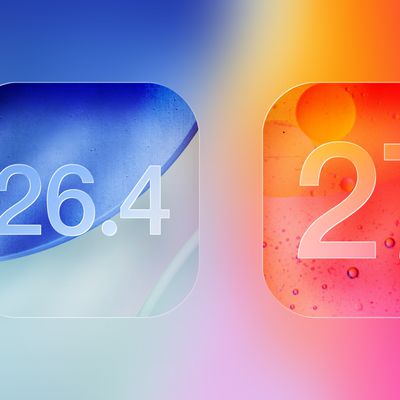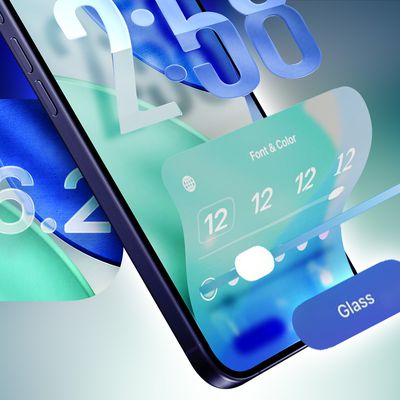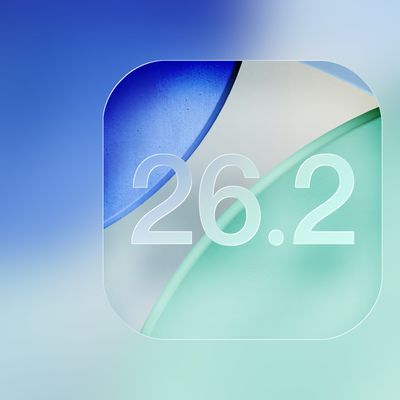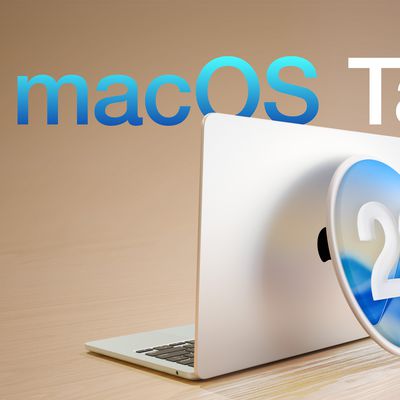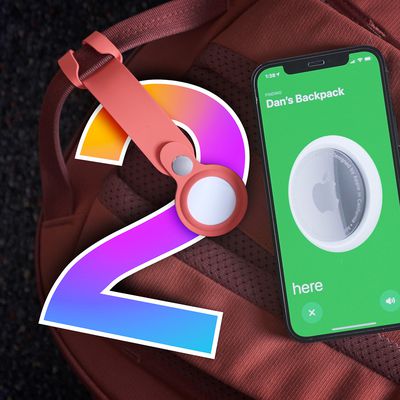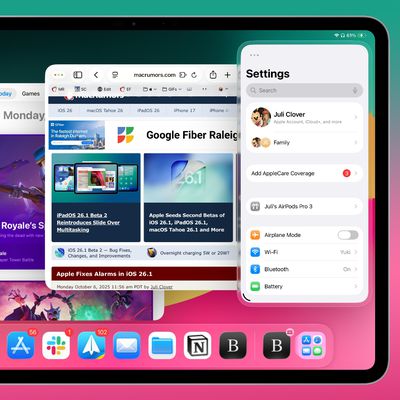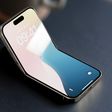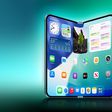watchOS 26 Moves Latest Apple Watch Models to New Architecture
watchOS 26 brings a significant upgrade to the Apple Watch's architecture, transitioning the latest models to full arm64.

The change was revealed in Apple's "What's new in watchOS 26" video for developers. The Apple Watch Series 9, Series 10, and Apple Watch Ultra 2 are set to move from arm64_32 to the full arm64 architecture.
The arm64_32 architecture was a modified version of the standard 64-bit ARM architecture with 32-bit pointers, specifically optimized for the constrained memory environments of wearable devices. This hybrid architecture allowed Apple to implement the benefits of 64-bit instruction sets while maintaining a tighter memory footprint than full 64-bit systems.
The standard arm64 architecture provides 64-bit pointers and access to broader memory ranges, enhanced performance, and increased compatibility with general-purpose ARM computing standards. The move also opens the door for potentially more complex and computationally intensive watchOS applications, since arm64 provides access to more registers and system resources compared to the more compact arm64_32, as well as more direct alignment with development tools and runtime environments used across other Apple platforms.
watchOS 26 apps must now be built with awareness of both arm64 and arm64_32, depending on the target device. Apple clarified that older models, such as the Apple Watch SE (2nd generation) and Series 8, continue to use the arm64_32 architecture. As a result, watchOS apps need to include separate binaries to support both instruction sets. Xcode automatically manages the build process for arm64 and arm64_32 as long as developers maintain appropriate deployment targets and architectures in their project settings.
Existing apps built for arm64_32 will continue to run on newer Apple Watches running watchOS 26 via compatibility layers, but re-compilation for native arm64 is encouraged for best performance and forward compatibility. It is likely that arm64_32 support on the Apple Watch will gradually diminish over coming years as legacy hardware is retired. All of Apple's other platforms already use the full arm64 architecture.
Popular Stories
Macworld's Filipe Espósito today revealed a handful of features that Apple is allegedly planning for iOS 26.4, iOS 27, and even iOS 28.
The report said the features are referenced within the code for a leaked internal build of iOS 26 that is not meant to be seen by the public. However, it appears that Espósito and/or his sources managed to gain access to it, providing us with a sneak peek...
Apple seeded the second iOS 26.2 Release Candidate to developers earlier this week, meaning the update will be released to the general public very soon.
Apple confirmed iOS 26.2 would be released in December, but it did not provide a specific date. We expect the update to be released by early next week.
iOS 26.2 includes a handful of new features and changes on the iPhone, such as a new...
Apple today released iOS 26.2, the second major update to the iOS 26 operating system that came out in September, iOS 26.2 comes a little over a month after iOS 26.1 launched. iOS 26.2 is compatible with the iPhone 11 series and later, as well as the second-generation iPhone SE.
The new software can be downloaded on eligible iPhones over-the-air by going to Settings >...
Apple today released new firmware designed for the AirPods Pro 3 and the prior-generation AirPods Pro 2. The AirPods Pro 3 firmware is 8B30, up from 8B25, while the AirPods Pro 2 firmware is 8B28, up from 8B21.
There's no word on what's include in the updated firmware, but the AirPods Pro 2 and AirPods Pro 3 are getting expanded support for Live Translation in the European Union in iOS...
Apple today released macOS Tahoe 26.2, the second major update to the macOS Tahoe operating system that came out in September. macOS Tahoe 26.2 comes five weeks after Apple released macOS Tahoe 26.1.
Mac users can download the macOS Tahoe update by using the Software Update section of System Settings.
macOS Tahoe 26.2 includes Edge Light, a feature that illuminates your face with soft...
The AirTag 2 will include a handful of new features that will improve tracking capabilities, according to a new report from Macworld. The site says that it was able to access an internal build of iOS 26, which includes references to multiple unreleased products.
Here's what's supposedly coming:
An improved pairing process, though no details were provided. AirTag pairing is already...
Apple today released iPadOS 26.2, the second major update to the iPadOS 26 operating system released in September. iPadOS 26.2 comes a month after iPadOS 26.1.
The new software can be downloaded on eligible iPads over-the-air by going to Settings > General > Software Update.
iPadOS 26.2 continues with the multitasking improvements that were added with iPadOS 26.1. You can now drag and...
Apple today released iOS 26.2, iPadOS 26.2, and macOS 26.2, all of which introduce new features, bug fixes, and security improvements. Apple says that the updates address over 20 vulnerabilities, including two bugs that are known to have been actively exploited.
There are a pair of WebKit vulnerabilities that could allow maliciously crafted web content to execute code or cause memory...



